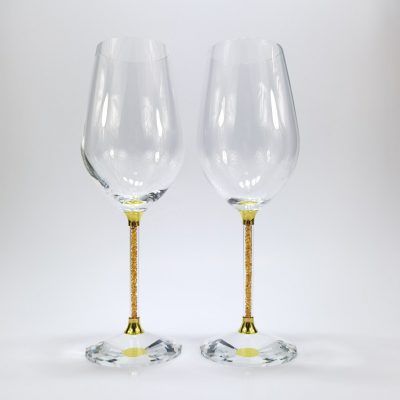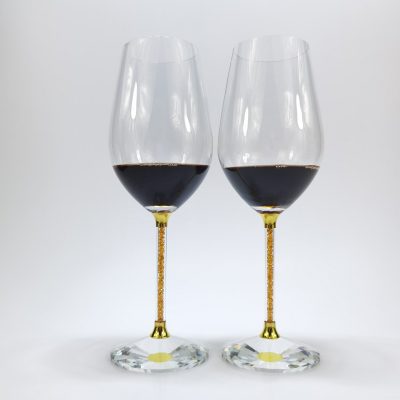Glass bottle handicrafts mainly relied on manual service molding more than 300 years ago. Since then, they have been gradually replaced by automated technology production lines or mechanical automation of industrial equipment molding, which makes glass glass production and manufacturing sufficient and efficient, efficient operation, and lean production. Management, industrial production, for commodities with large demand and meticulous regulations, such as photovoltaic glass, glass bottles, test tube brushes and their communication fiber optic cables, optical lenses and other commodities, use mechanical automation and specialized production and manufacturing, and for gifts, Lighting equipment decorations and colorful blood vessels are mostly formed by manual service or semi-manual service.
This kind of glass bottle handicraft is different in appearance, single weight and wall thickness, and the composition of tempered laminated glass is different, and the forming methods are also different. To forming, float forming, brushed stainless steel forming and leak-injection forming, etc., such as glass bottles using blow-blowing and pressure-blowing methods, photovoltaic glass using float, flat drawing, overflow drainage, etc., test tube brush Use vertical lead-up and horizontal arc welding, electric welding, welding heat treatment methods, etc.
Although the forming methods are different, they all use the characteristic that the viscosity of tempered laminated glass continues to increase rapidly as the temperature decreases. With the change of viscosity, tempered laminated glass can be fluid and slowly harden. It becomes viscous-ductile and solid, and in the whole process, the damage to the molding is also crystallization characteristics, surface anxiety, heat conduction characteristics, etc.
























